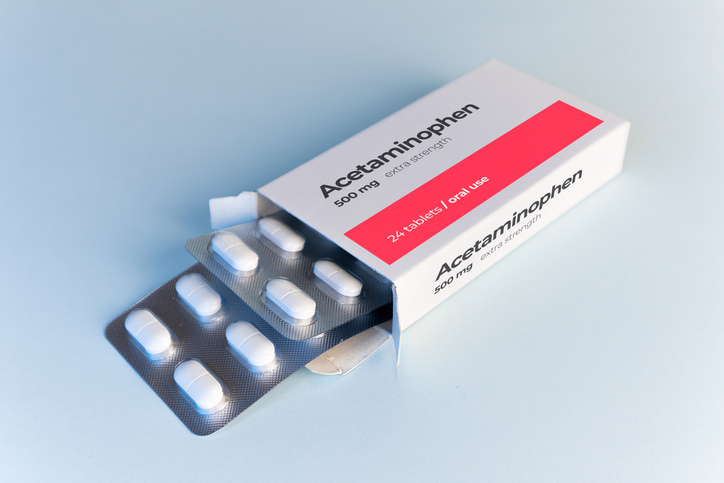
Here are the top stories recently covered by DocWire News in the Rheumatology section. In this edition, read about the correlation between COVID-19 and rheumatoid arthritis, nationwide hydroxychloroquine shortages, essential orthopedic surgeries, and glenohumeral osteoarthritis surgery outcomes by socioeconomic status.
Respiratory viral infections may put patients at risk for developing rheumatoid arthritis (RA), according to a previously published report, suggesting concerns for patients who develop coronavirus. An association was observed between ambient respiratory viral infections in the population and an increase in incident RA over time, with a peak at six to seven weeks following exposure. The three viruses most associated with an increase in incident RA were parainfluenza virus (4.8% for 1% respiratory viral infection increase; 95% confidence interval [CI], 1.6 to 8.1; P=0.003), coronavirus (9.2%; 95% CI, 3.9 to 14.8, P<0.001), and metapneumovirus (44%; 95% CI, 2.0 to 103.4; P=0.038). Patients who were impacted the most were women (3.8%, 12.1%, and 67.4%, respectively; P<0.05) and older patients (10.7%, 14.6%, and 118.2%, respectively; P<0.05).
President Donald Trump has taken to Twitter and press conferences to suggest that hydroxychloroquine, a drug commonly used to treat malaria and rheumatic conditions may be a potential treatment for COVID-19. Although research is now suggesting that the drug may not be beneficial for COVID-19 after all, hydroxychloroquine shortages are being seen in pharmacies across the country, compromising patients with RA and lupus.
The Centers for Medicare & Medicaid Services issued its guidance on nonessential surgeries amid the COVID-19 outbreak, recommending “that all elective surgeries, non-essential medical, surgical, and dental procedures be delayed.” Delaying surgery means conserving equipment, resources, and healthcare professionals, as well as minimizing the risk of spreading the virus. Orthopedic surgery may not come to mind when considering essential surgeries. However, in a recent interview with Becker’s Spine Review, Alan Hilibrand, MD, vice chairman for academic affairs and faculty development for the department of orthopedic surgery and co-director of spine surgery at Rothman Orthopaedic Institute in Philadelphia, explained how his institution is handling the COVID-19 breakout and explained the significance of some essential orthopedic surgeries.
Lower socioeconomic status was correlated with poorer outcomes in patients with glenohumeral osteoarthritis (OA) in a new study. A total of 1,045 primary total shoulder arthroplasty patients treated for OA were identified in a prospective shoulder arthroplasty registry; 982 patients were eligible for study inclusion. Patient demographics, comorbidities, patient-reported outcome scores, range of motion, and preoperative opioid use data were collected. Patients were stratified by quartile per the Area Deprivation Index with their home address as a socioeconomic status measure. Patients with the lowest socioeconomic status had a higher body mass index and higher rates of preoperative opioid use and diabetes. The most disadvantaged patients had greater levels of preoperative pain (Constant—Pain and American Shoulder and Elbow Surgeons [ASES]—Pain) and lower function (Constant—Activities of Daily Living, Constant—Total, and ASES). Upon multivariate regression, factors associated with better ASES pain scores were male sex and older age at surgery, while factors predictive of worse ASES pain scores were preoperative opioid use, chronic back pain, and being in the most disadvantaged quartile.







 © 2025 Mashup Media, LLC, a Formedics Property. All Rights Reserved.
© 2025 Mashup Media, LLC, a Formedics Property. All Rights Reserved.